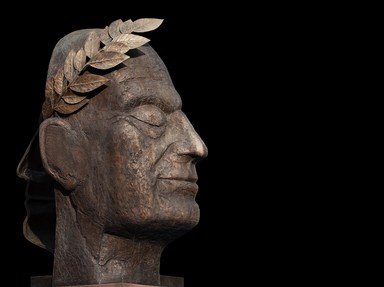Quiz Answer Key and Fun Facts
1. Where was Commodus born in 161 AD?
2. Roman emperor Marcus Aurelius was Commodus' father. Who was his mother?
3. Commodus was originally meant to co-rule the Roman throne with his brother, Marcus Annius Verus, but his brother died young. What was his cause of death?
4. Who was Commodus' one and only wife?
5. Commodus was often cared for by a famous Greek physician, writer and philosopher during his childhood. Who was this?
6. Commodus became Roman emperor upon the death of Marcus Aurelius in 180 AD. Cassius Dio asserts that Commodus' reign turned Rome "from a kingdom of gold to one of iron and rust." Why did he say this?
7. Which of these was Commodus' sibling, who tried to have him assassinated in 182 AD?
8. As Commodus' ego and megalomania expanded, he insisted on being referred to as which Greek god?
9. Who was Commodus' main mistress?
10. Around 191 AD during Commodus' reign, which disaster did Rome experience?
11. Commodus named the 12 months of the year after himself. Which of these names was NOT one of them?
12. Which of these was a personal favourite chamberlain of Commodus, who rose to prominence after the fall of Saoterus?
13. Commodus survived an assassination attempt briefly before his actual death. What kind of attempt on his life was made?
14. Commodus was assassinated in 192 AD. Who killed him?
15. Where is Commodus buried?
Source: Author
LuH77
This quiz was reviewed by FunTrivia editor
ponycargirl before going online.
Any errors found in FunTrivia content are routinely corrected through our feedback system.
